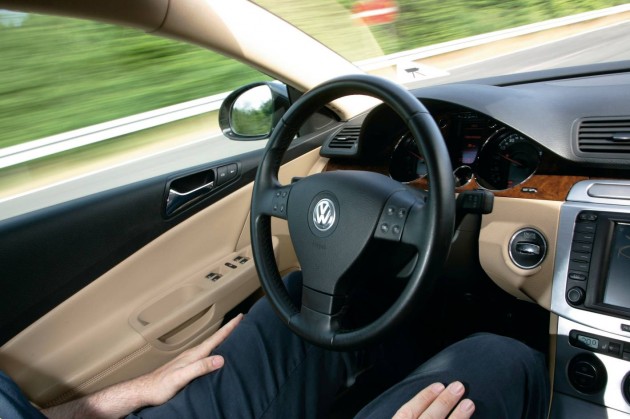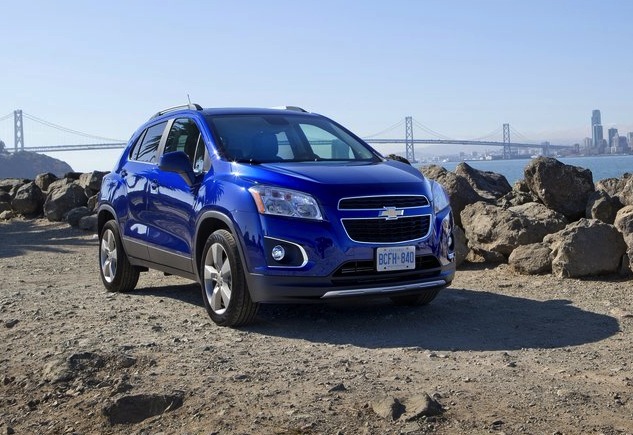A group of 29 research organisations have partnered up and descended on Wolfsburg, Germany, to undertake the Automated Driving Applications and Technologies for Intelligent Vehicle (AdaptIVe) program. The research block started on January 31 and will look at ways to improve efficiency and safety of automated driving.
The program will run for 42 months and will involve the 29 partners developing new automated functions for cars and trucks, including both partially and highly automated driving on motorways, urban driving and close manoeuvres between vehicles.
The program’s aim is to create a vehicle with the perfect balance between man and machine, using advanced sensors, cooperative vehicle technologies and adaptive strategies so the level of automation can change depending on the driver and situation.
Major car manufacturers involved in the project include BMW, Volkswagen, Volvo and Ford. Volkswagen Group research director Jurgen Leohold said the program would involve a range of technologies.
“This complex field of research will not only utilize onboard sensors, but also cooperative elements such as vehicle-to-vehicle and vehicle-to-infrastructure communication. Therefore, I am glad that most European automotive companies are cooperating in this pre-competitive field to create new solutions for automated driving.”
This is some pretty heavy research and will most likely dictate future car design. There’s probably not much scope for a fully automated vehicle, but to create a car or truck that works with the driver and can adapt to its surroundings is pretty important.

